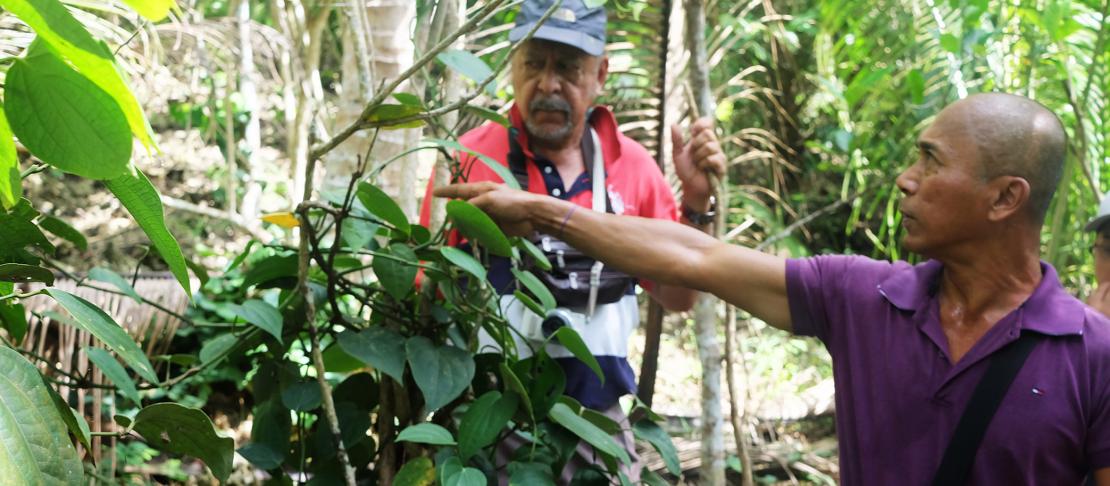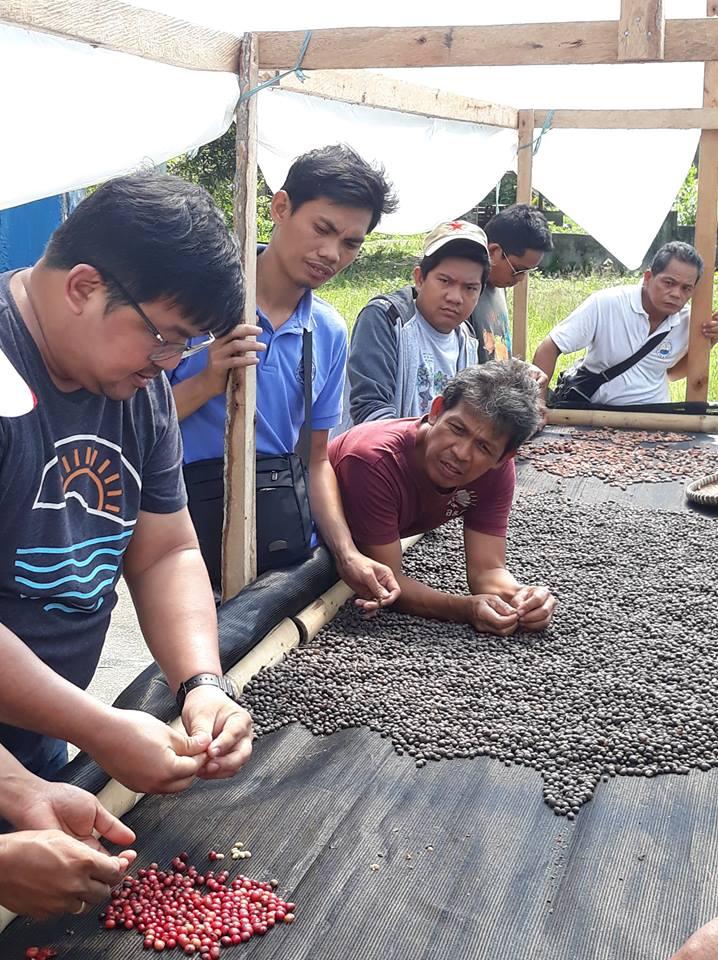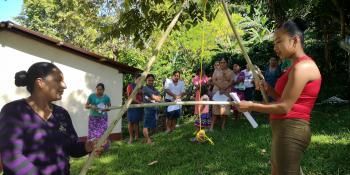Why planting trees on farms benefits farmers under a changing climate

Shifting from conventional farms to agroforestry farms brings various benefits to communities as they face the threat of a changing climate.
Agroforestry, the practice of planting trees and crops in the same area, may serve as a sustainable climate-smart agriculture (CSA) initiative that enhances the climate resilience of farms, reduces their greenhouse gas (GHG) emissions, and increases their productivity. For instance, trees on farms improve micro-climates and absorb carbon dioxide, a potent GHG that contributes to climate change.
Trees alone bring several benefits to the people and the environment. Fruit-bearing trees generate additional incomes for the farmers. They improve biodiversity in a certain area, reduce soil erosion, and improve the capacity of soil to hold water. Integrating trees on farms is beneficial for farmers, especially those struggling to cope with the impacts of climate change. These impacts, which include stronger typhoons and longer droughts, can critically damage farms threatening the food security and livelihoods of farmers.
Realizing the potential of trees-on-farms to achieve climate change adaptation and mitigation targets, the International Institute of Rural Reconstruction (IIRR) launched a small agroforestry project in Guinayangan, a Climate-Smart Village (CSV) in Quezon Province, Philippines. Launched in 2013, the project was supported by the CGIAR Research Program on Climate Change, Agriculture and Food Security in Southeast Asia (CCAFS SEA) and the local government through the Office of the Municipal Agriculturist.
Diversified farmlands
Through this project, various fruit trees were planted under coconut trees and beside other food crops. The fruit trees include guyabano, rambutan, mangosteen, cashew, jackfruit, and durian. Two trees are prioritized: jackfruit, due to its tolerance for drought in the uplands and saline conditions in coastal areas and cashew, because of its capacity to serve as a bioshield in coastal areas. Planting coffee with cacao in the country and in Guinayangan CSV is also a focus. Through the project, the Department of Agriculture (DA) and the Office of the Provincial Agriculturist of Quezon co-invested and distributed more than 25,000 seedlings of coffee and cacao.
The suitability of coffee for certain higher elevation barangays and the interest among the farmers led them to establish the Asosasyon ng Responsible at Organikong Magkakape (AROMA). Established in 2016, AROMA consists of 35 members across the following barangays: Magsaysay, Dungwan Central, Sta. Cruz, Ermita, San Pedro I, Dungawan, Paalyunan, and San Roque. Farmers in lower elevations formed a group as well to harness the benefits of cacao. They meet once a month with the experts from the Office of the Municipal Agriculturist. For both coffee and cacao, the conservation of agro-biodiversity and product quality is emphasized.
 Demonstration on proper drying of coffee seeds. Photo: IIRR
Demonstration on proper drying of coffee seeds. Photo: IIRR
The agroforestry project extends to coastal areas, where root crops, livestock, and shrubs were introduced to households. The adaptation and mitigation potentials of agroforestry systems are now planned to be scaled through a climate-smart coastal agriculture initiative in the future.
CCAFS SEA, IIRR, and the local government of Guinayangan were able to provide evidence on the potential of agroforestry as an adaptation and mitigation option. What started as a small agroforestry project in the villages of Magsaysay, San Pedro I, and Himbubulo Weste has expanded to nine upland and four coastal villages in the province. Years after the project was launched, a few research institutions are now exploring ways to support the local municipality. For instance, the National Coffee Research and Training Center under the Cavite State University and De La Salle University are working with the farmers to improve their coffee production. And the Southern Tagalog Integrated Agricultural Research Center and the DA Adaptation and Mitigation Initiative in Agriculture program now work with the local government to improve the CCAFS SEA-supported initiatives that were piloted and tested in Guinayangan.
Moving forward with climate-smart agroforestry
This CCAFS SEA-supported project, as well as others implemented worldwide, is beginning to demonstrate that agroforestry is a viable CSA option for the Philippines. Building from this project, the local government and its partners at the national and international levels will continue to explore the viability of tree-based mixed farm systems integrated with livestock. They will specifically pilot and test such systems in coastal and upland communities, this time doing more systematic research to further study the potential of agroforestry as a climate change adaptation and mitigation option in the context of the impacts of wind, climate variability and droughts. The ecosystems services and the nutritional and livelihood contributions of agroforestry systems will be further studied. The potential for small municipalities to dovetail both disaster risk reduction and climate change adaptation objectives will be studied and documented to support future scaling and advocacy efforts.
Read More:
- Blog: Low inputs, big gains: The benefits of climate-smart livestock production
- Blog: Philippine community adopts climate-smart agriculture with greater involvement
- Publication: Addressing gender-based impacts of climate change: A case study of Guinayangan, Philippines
Renz Louie Celeridad is the Junior Communications Specialist for the World Agroforestry Centre Philippines and the Communications Consultant for CCAFS SEA. Dr. Julian Gonsalves is the Senior Program Advisor of the International Institute of Rural Reconstruction.



